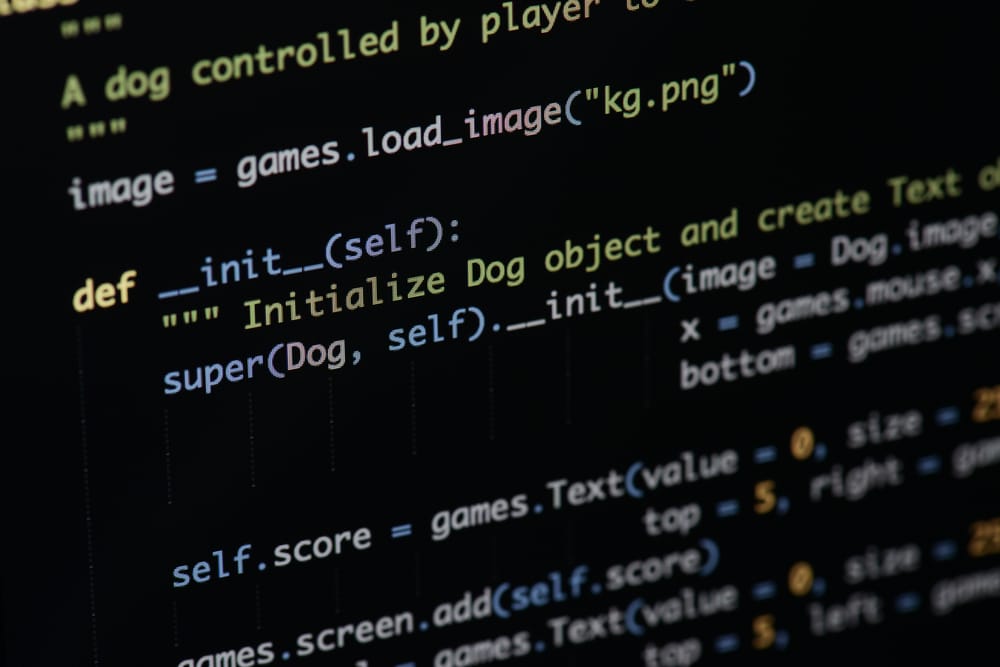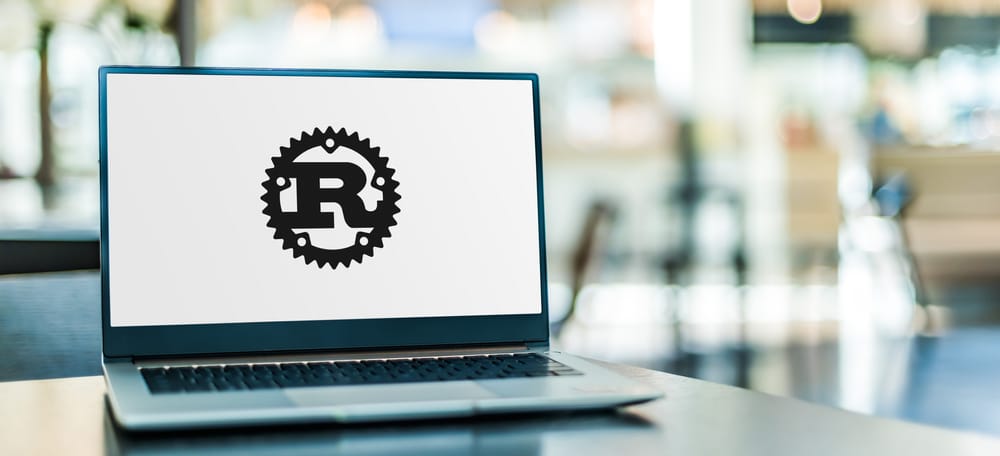Golang vs Python: Which Programming Language Is Best?

Both Python and Go are very similar in the sense that they are both very beginner friendly, and somewhat forgiving when it comes to errors. They also both have great readability, that is, their variables, classes and methods all have a single purpose and are arranged with a consistent indentation and formatting style.
When thinking about syntax, Python and Go are a case of same same – but different. The high-level functions like slices, maps, lists and dicts look familiar, and the range in Golang works the same as Python’s enumerate.
Python programmers can understand Go fairly easily as the structures follow similar design principles in regards to reducing clutter and preventing overly complex code.
But that’s where the similarities stop really.
The Choices:
So, let’s take a look at our choices and what they’re used for.
Python:
Python is the primary programming language used by data scientists, those people who work in universities or in research and development, and come from a more academic orientated background. These people often have degrees in applied mathematics, statistics, physics, etc and their main focus is based on the discovery, understanding, and communication of data patterns.
Here, Python makes sense as the programming language of choice for sharing large portions of easily readable code. It’s a language that is object orientated, imperative, functional, and procedural – everything needed to quickly transcribe ideas into code and then share with others.
Golang:
Go programming language is a little different. It’s the go-to for server-side commands, building a back end, and running software as it’s by far the fastest out of the two and can perform at speeds similar to Java and C++. Golang is mainly used by developers and programmers to build applications, and unlike Python, Golang supports concurrency and allows its algorithms to run even if their steps are out of order. As it’s a member of the C family of programming languages, it has a built-in garbage collector to deal with memory leakage. Concurrency, coupled with its lightweight structure, makes it brilliant for handling microservices based server architecture.
The Tale of The Tape:
So how do our choices measure up against each other, in terms of their various advantages and drawbacks?
Python:
So, Python has a bit of a cult following. The Python community takes great pride in how Pythonic their code is, and will often grade each other based on adhesion to syntax and readability.
Pros:
Making Milestones:
Raw, unbridled runtime performance may be nice but ultimately the real speed metric that applies to any software project is developer productivity. Python has a varying selection of frameworks as well as a heap of libraries to draw from meaning it’s faster to get going than Golang.
Age Shall Not Weary Them:
Python has an impressive group of frameworks that have been developed over the years. Numpy for array handling and complex matrix functions, Tensorflow for scikit-learning and
deep machine learning, OpenCV for image processing, Pandas for data analysis – the list is almost never ending.
Community:
Python has a very active community, and as such, any problems encountered when working in Python are likely to have a solution posted by a friendly fellow programmer who came up against the same hurdle.
The Singularity:
Machine learning and data science are fields that are making huge advancements in the way we utilize technology. No, they aren’t developing rogue AI like SkyNet from the Terminator movie franchise, but Python’s popularity right now comes by way of its use in these types of applications.
Starting Up:
Python is also great for startup companies. Prototypes and minimum viable products can be built really quickly and rushed into alpha and beta testing with little investment of time and resources, compared to other programming languages.
Elegancy:
Python syntax is fantastic, and makes the program you’re writing very easy to read for another Python afficionado. It comes with an enormous standard library, that supports almost all common programming tasks.
Flexible:
Python will run on every type of operating system – Windows, MacOS, Unix, OS/2, anything really.
Cons:
A Little Too Much Rope:
Flexibility may look like a huge plus on the outside, but there is such a thing as doing too much. The fact that you can use MetaClasses to self-register classes in code initialization,
swap out True and False functions interchangeably, and add your own functions to the list of built-in functions can actually hurt productivity a little bit.
Snail’s Pace:
In terms of raw power, Python just doesn’t have the legs that its concurrency-containing rivals do. Oftentimes it’s more than 30 times slower, which is actually not so much of a bad thing as a few extra seconds here or there doesn’t make a huge difference in the grand scheme of things.
Lack Of Support:
No commercial support really does hurt Python, and as such, it is used on far fewer platforms when compared to Golang. The mobile computing and mobile app development sector are booming, yet Python is a weak performer in this space and therefore doesn’t really have a presence there.
Golang:
Pros:
I Am Speed:
There are no ifs, ands, or buts about it – Golang is a speedy boy. Compared to Python, it finished the Mandelbrot test 48x faster, Spectral-Norm 43x faster, and n-body 38x faster – better runtime performance thanks to Golang’s inbuilt concurrency.
The Simple Life:
There is a certain simplicity that Golang offers, where it doesn’t let you get over creative when writing code. 99 times out of 100, you don’t need advanced features to compile
functional code. The KISS or Keep It Simple Stupid approach works like magic when a programmer has to understand another programmer’s work.
Friends in High Places:
Golang is Google backed – enough said. A language developed by one of the Big 4 tech companies is bound to have resources thrown into its development, and have a constant and steady stream of updates and upgrades to the frameworks and functions along the way.
Bug Catcher:
The static typing used in Go makes it much easier to catch bugs and errors, which is never a bad thing.
Modern Management:
The shift from traditional monolithic architecture to microservices based servers means that Go is on the rise and is gaining in popularity. It’s one of the best in terms of managing the back end, and its flexibility interfacing with other programming languages used on the user side of things means communication between the two is near seamless.
Open Sourced:
The original Golang source code is freely available to be distributed wherever you want it to be, and to be modified however you want it to be. True freedom.
How To Golang For Dummies:
There are a huge number of very detailed official guides, tutorials, and how-to’s covering everything you’re ever likely to do in Golang. Add these onto the unofficial, forum posted guides and you can’t really go wrong.
Juggling Many Balls:
Concurrency is also a great thing when you have many balls up in the air, in the case of CPU core multithreading and hyperthreading. Smart resource use and allocation is key, and Golang is great at not taking up more juice than is needed. It’s also incredibly memory efficient to boot.
Cons:
Youth Is Wasted on The Young:
Golang really hasn’t been around that long, and doesn’t have the same variety as Python does – which is understandable, as Python is the elder of the two by some 16 years. Still, Gin, Echo and Revel are powerful frameworks that have a lot to offer.
Who Wants to Be Generic?
So, simplicity is so engrained into Golang that there are no generics used in the language. The same goes for inheritance, polymorphism, and some other macro functions. But all is not lost – it does still have slices, arrays and maps.
Library with No Books:
So, there’s no nice way to say this – Golang still has very poor library support.
Who Wins?
So really, there is no definitive case for which programming language is better as they’re suited for different purposes. It really boils down to different strokes for different folks, and the choice of Python VS Golang boils down to what you want to do.
Data science and machine learning? Python is your go to tool. Developing server-side applications, especially within a microservices architecture? Then you can do no better than Golang.
It comes down to having the right tool for the right job, so first point of call would be to look at the task at hand, and choose the appropriately matched programming language.
Career Comparison
Let’s talk salaries and future growth. This is important information for both veteran and aspiring programmers alike and where you should be focusing your attention as you grow your career.
Python is a very, very handy tool to have in your arsenal. The average salary is $100,742, with a projected 10-year growth of 21.40% – placing it 3rd in the list of programming languages expected to be in demand in a decade. At present, 20.20% of software job postings are asking for it.
Golang is the new kid on the block, the up and comer. The rapid developments made by Google to bolster applications that can use Go means at present the average salary is at $112,092 – the highest of all the programming languages. It also has the highest projected 10-year growth at 49.80%, and job posting mentions at 30.70%.
Next Steps
We hope this blog helped you learn more about the strengths and weaknesses of Golang and Python! If you can’t choose between them then you can always learn both!
If you enjoyed this blog you may also enjoy our other blogs like, 8 Ways to Master Go or The Top 10 Programming Languages of 2021.
Kofi Group is proud to be a source of knowledge and insight into the startup software engineering world and offers a multitude of resources to help you learn more, improve your career, and help startups hire the best talent. If you are interested in learning more about what we do and how we can help you then get in touch or watch our Youtube videos for additional information.
Share This Blog
Kofi Group has helped 100+ startups hire software and machine learning engineers. Will fill most of the roles we recruit on with 5 or less candidates presented.
Contact us today to start building your dream team!


